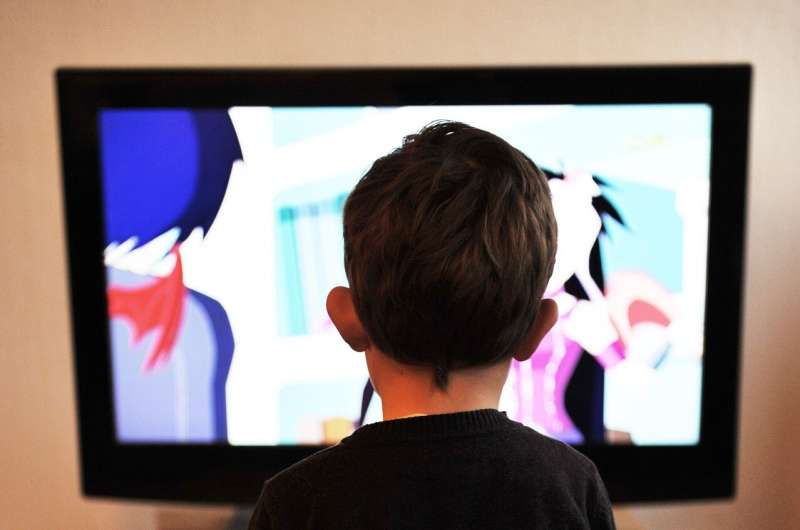Excessive television viewing in childhood may be a risk factor for later smoking and gambling disorders

Excessive television viewing as a child can lead to a higher risk of tobacco use and gambling disorders in adulthood, a new University of Otago study shows.
The research is published in the International Journal of Mental Health and Addiction.
The researchers used unique, follow-up data from the Dunedin Multidisciplinary Health and Development Study (known as the Dunedin Study) to investigate how television viewing in childhood was related to the risk of having a substance use disorder or disordered gambling in adulthood.
Study author Dr. Helena McAnally says that the study indicates that excessive leisure time television viewing between the age of 5 and 15, may be a risk factor for the development of later disorders.
"People often talk of television viewing as an addiction; this research indicates that, for some people, television viewing may be an early expression of an addictive disorder or may lead to later substance-related and other addictive disorders," she says.
Spending time watching television during childhood and adolescence was associated with a higher risk of alcohol, tobacco, cannabis disorders and disordered gambling in adulthood. For tobacco and gambling, these associations were independent of other potential influences on these outcomes such as sex, socioeconomic status, and measures of childhood self-control.
Co-author Professor Bob Hancox says excessive leisure time television viewing in childhood and adolescence has been associated with a range of poorer adult health and well-being outcomes, but "to our knowledge this research is among the first to assess how a common, but potentially addictive behavior, such as television viewing is related to later substance disorder and disordered gambling."
The study highlights the potential need for guidance on digital health and well-being, he says.
"Public health agencies have put great effort into advocating for safer alcohol use and safe sexual practices; similar campaigns could be used to advocate for safe screen use. The American Academy of Pediatrics' previous recommendation of a daily average limit of two hours of screen time may remain a reasonable guide for leisure-time screen time in children and adolescents," Professor Hancox says.
More information: H. M. McAnally et al, The Longitudinal Association of Childhood and Adolescent Television Viewing with Substance Use Disorders and Disordered Gambling in Adulthood up to Age 45, International Journal of Mental Health and Addiction (2022). DOI: 10.1007/s11469-022-00918-7




















